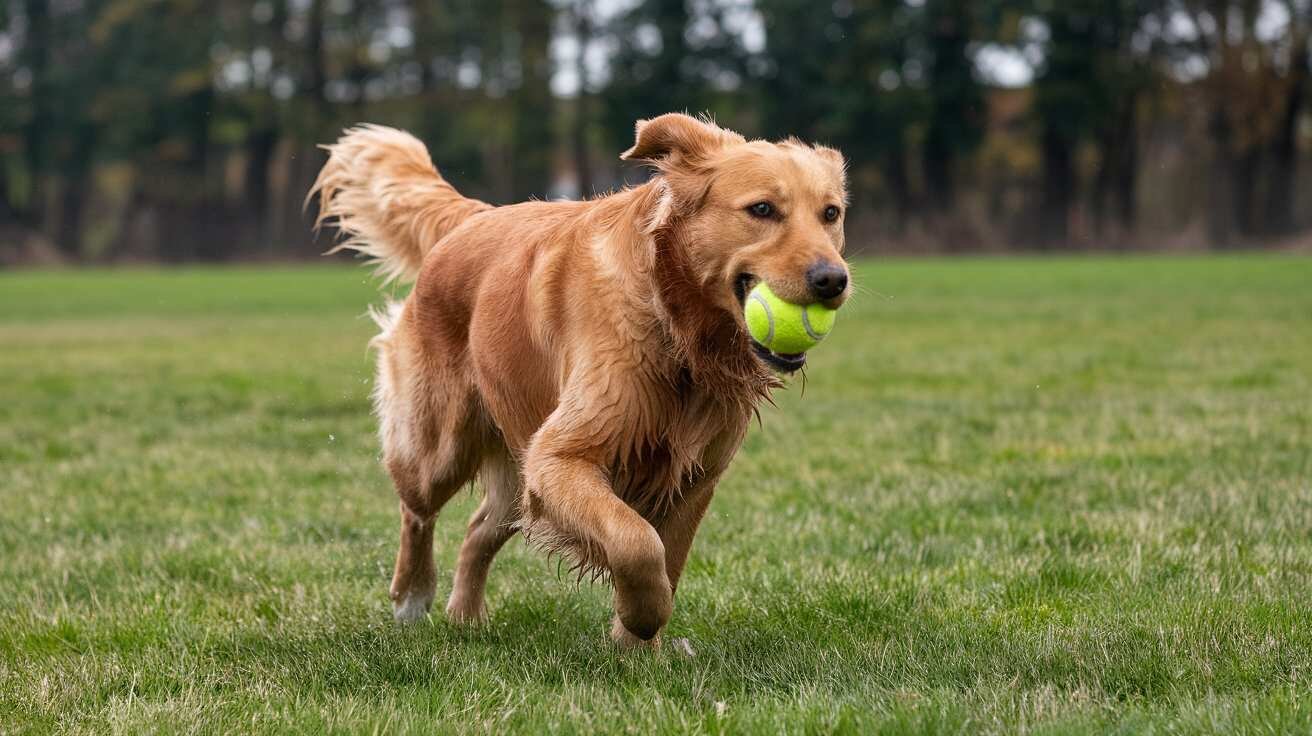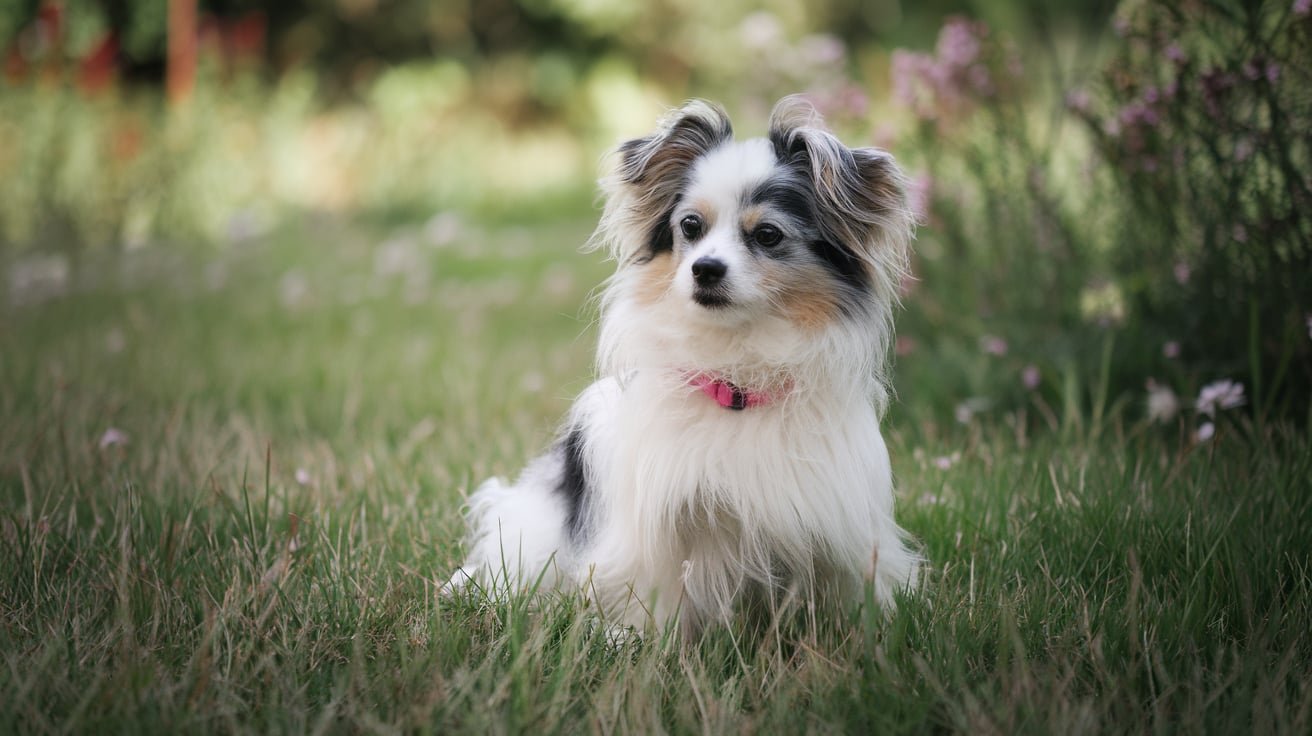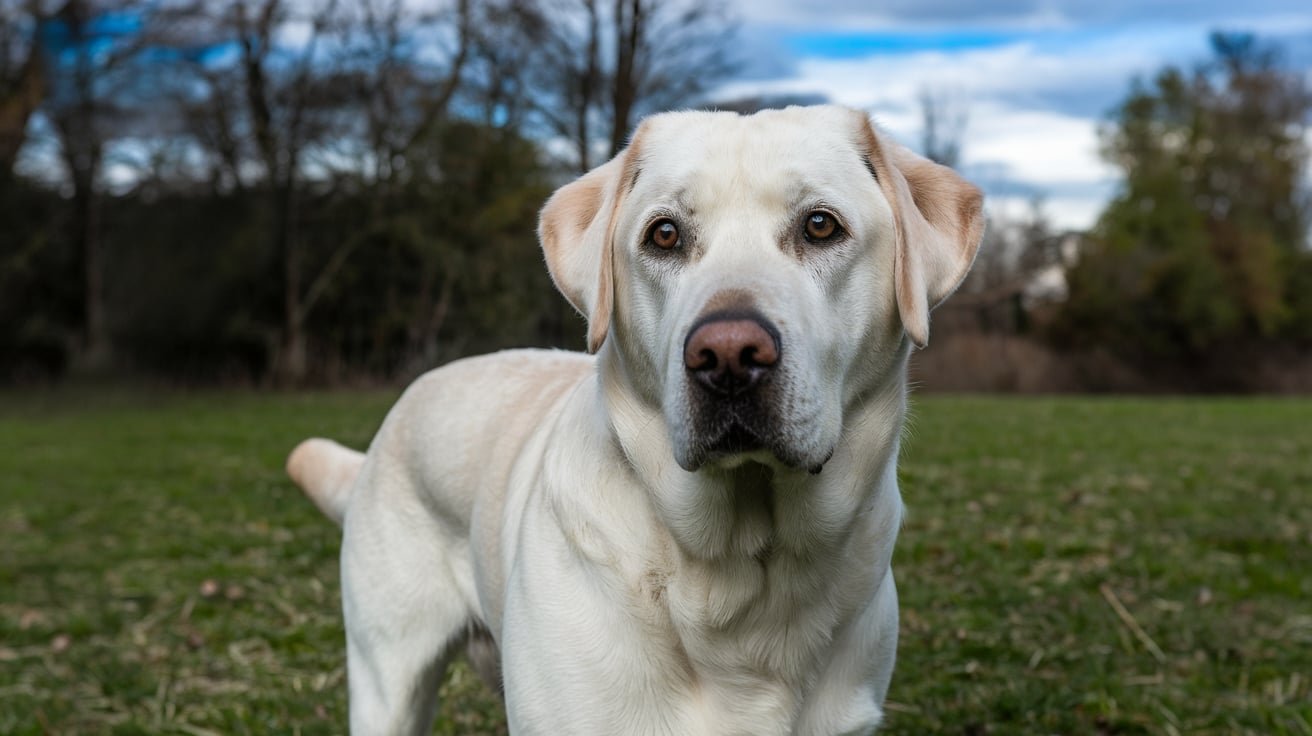Introduction
Dogs and tennis balls—it’s a match made in canine heaven. If you’ve ever seen a dog go wild over a tennis ball, you might have wondered: Why Do Dogs Love Tennis Balls so much? Is it the texture, the bounce, or simply an innate instinct? In this article, we’ll explore the science, psychology, and pure joy behind a dog’s obsession with tennis balls.
The Science Behind the Obsession
Dogs are natural hunters. Before they became our beloved companions, their ancestors relied on chasing and catching prey for survival. This inherent instinct still lingers today, which is why games like fetch excite them so much. The quick movements and unpredictable bounce of a tennis ball mimic the erratic behavior of small animals, thereby triggering a dog’s natural prey drive.
Additionally, a dog’s mouth is incredibly sensitive. The fuzzy texture of a tennis ball not only feels satisfying but also a unique sensory experience. This is one of the key reasons popular dog breeds, like Labrador Retrievers and Golden Retrievers, love tennis balls—the tactile feedback from the ball adds to its irresistible charm.
Instinctual Drive: Prey and Play
One of the biggest reasons Dogs Love Tennis Balls is their natural predatory drive. In the wild, dogs chase moving objects to secure their food. The bouncing and rolling of a tennis ball perfectly replicates the movements of prey, tapping into an age-old instinct. Even though modern dogs no longer hunt for food, their brains are still wired to react to fast-moving objects.
Consider the case of my friend’s Labrador, Max. The moment he spots a tennis ball, his eyes light up, his tail wags uncontrollably, and he sprints off in pursuit. For Max, it isn’t just a toy it’s an irresistible challenge. So, if you ever find yourself wondering Why Do Dogs Love Tennis Balls, remember that it’s all part of their natural behavior.
Breed Differences: Why Some Dogs Are More Obsessed
Certain breeds are more enthusiastic about tennis balls than others. For example, Retrievers such as the Golden Retriever or the Border Collie were bred to retrieve game for hunters. Their love for fetch is ingrained in their DNA, making them natural candidates for tennis ball mania.
“In contrast, other breeds like Bulldogs or Pugs, often considered some of the dumbest dog breeds, may not display the same level of excitement for tennis balls. Their instincts and preferences differ, which is why you might notice varying degrees of interest when you ask, ‘Why Do Dogs Love Tennis Balls?’ in different households.
The Dual Benefits: Exercise and Mental Stimulation
Regular playtime with a tennis ball offers your dog both physical exercise and mental stimulation. Here’s how:
- Physical Benefits: Chasing a tennis ball helps dogs burn excess energy, maintain a healthy weight, and improve cardiovascular health.
- Mental Benefits: A game of fetch requires focus and decision-making dogs must track the ball, judge its movement, and determine the best way to retrieve it.
If your furry friend seems restless or hyperactive, a lively session of fetch could be just what they need. This playful exercise is one clear answer to Dogs Love Tennis Balls, as it provides a wholesome outlet for their energy. Pair it with wholesome dog food to keep them healthy and energized.
Safety First: Choosing the Right Tennis Ball
While tennis balls provide endless fun, they also come with a few risks. Here’s what to keep in mind:
- Choking Hazard: If a dog manages to bite a tennis ball into smaller pieces, it could pose a choking risk.
- Tooth Wear: The fuzzy material of tennis balls may, over time, contribute to dental wear.
- Toxicity Concerns: Some standard tennis balls contain materials that might not be safe if ingested.
How to Choose a Dog-Friendly Tennis Ball
- ✔️ Opt for dog-friendly tennis balls: Many brands now offer tennis balls designed specifically for dogs that are non-toxic and more durable.
- ✔️ Supervise playtime: Always keep an eye on your dog during play to prevent any mishaps.
- ✔️ Replace worn-out balls: Once a tennis ball starts showing signs of wear, swap it out for a new one to ensure your dog’s safety.
This careful consideration further emphasizes “Why Do Dogs Love Tennis Balls”—when the toy is safe, dogs can enjoy it with complete peace of mind.
Training and Bonding Through Play
Using a tennis ball is an excellent method for training and bonding with your dog. It not only reinforces positive behaviors but also strengthens your relationship. Here are some step-by-step exercises to try:
- Basic Fetch:
- Step 1: Roll the ball a short distance.
- Step 2: When your dog retrieves it, reward them with praise or a treat.
- Step 3: Repeat to build consistency and reinforce behavior.
This simple game is a practical demonstration of Dogs Love Tennis Balls they connect play with rewards.
- Drop It Command:
- Step 1: Toss the ball and let your dog pick it up.
- Step 2: Command “drop it” and gently guide them to release the ball.
- Step 3: Once the ball is dropped, reward them immediately. This exercise not only improves obedience but also shows that understanding Why Do Dogs Love Tennis Balls can be a key training tool.
- Hide and Seek:
- Step 1: Hide the tennis ball somewhere around the house or yard.
- Step 2: Encourage your dog to find it using their sense of smell.
- Step 3: Celebrate their success with a reward or extra playtime. This game highlights that fun and learning often go hand in hand when considering Dogs Love Tennis Balls.
Real-Life Anecdote: A Day in the Park
Last summer, I visited a local dog park with my neighbor’s energetic beagle, Bella. As soon as I tossed a tennis ball, Bella sprinted after it with an enthusiasm that left everyone smiling. I overheard several dog owners chatting about Dogs Love Tennis Balls, each sharing similar stories of their pets’ joyful antics. One owner even mentioned that understanding Dogs Love Tennis Balls helped her train her dog more effectively because playtime became a trusted time for learning. This heartwarming scene reaffirmed that tennis balls do more than entertain—they enrich the bond between dogs and their owners.
FAQs
Are tennis balls safe for my dog to play with?
While tennis balls are fun, safety is important. Dog-friendly tennis balls are designed to be non-toxic and durable. Always supervise play, inspect for wear, and replace damaged balls to minimize choking hazards and dental wear during energetic fetch sessions.
How does playing with tennis balls benefit my dog?
Playing with tennis balls provides both physical exercise and mental stimulation. The game of fetch improves cardiovascular health, burns energy, and enhances focus. It also reinforces positive behavior and strengthens the bond between you and your dog through interactive play.
Which breeds tend to love tennis balls the most?
Retrievers, such as Labradors and Golden Retrievers, as well as Border Collies, are especially fond of tennis balls due to their natural retrieving instincts. However, individual preferences vary, and many breeds enjoy the sensory excitement and exercise tennis balls provide.
conclusion
At the end of the day, “Why Do Dogs Love Tennis Balls” comes down to a delightful mix of instinct, texture, movement, and pure joy. From their evolutionary history to the sensory experience of play, tennis balls tick all the boxes for our furry friends. If you’re still pondering Why Do Dogs Love Tennis Balls, consider the natural drives at play and the benefits of physical exercise and mental stimulation they offer.
Reflect on Dogs Love Tennis Balls and watch as your dog’s happiness unfolds with each playful toss. Embrace this joyous ritual and consider investing in high-quality, dog-friendly tennis balls you and your pet will be glad you did. For more tips and recommendations, check out Dogs Daily Hub for expert advice on pet care.



